 Trade Data Provider
Trade Data Provider
 2025-05-22
2025-05-22
Tired of competing on the same crowded paths of client development? Here are a few “side routes” that may take a bit more creativity—but with far less competition and often, much better results.

1. Targeting Clients Through Substitute Products
Substitute products are goods that fulfill similar needs for consumers, often serving the same function. If your product has a competitive edge, why not explore adjacent markets where your product could serve as a smarter alternative?
Product-Driven Expansion:
Take Company A, which sells “Art Student Toolboxes.” Functionally, these boxes are nearly identical to cosmetic storage cases—only they’re roomier, more portable, and cheaper. While their competitors focus on “stationery” buyers, Company A smartly explored the cosmetics storage segment, unlocking a new audience with high conversion potential.
Client-Driven Expansion:
Company D once dealt with a client needing 300 metal components, including CNC-machined copper parts. The budget was tight—less than $28 per unit—making sourcing nearly impossible. After understanding the client’s end-use, Company D redesigned the part using aluminum with hard anodizing, which was more cost-effective yet met quality expectations. The client was thrilled, and profit per unit jumped to $14.
2. Reaching Clients Through Complementary Products
Complementary goods are products that are typically used together—think tape recorders and cassette tapes. Customers of these products are often the same, and since the items aren’t in direct competition, this creates space for win-win collaboration.
Partner with Distributors of Complementary Products:
These partners already have strong distribution channels and client relationships. You provide the product and pricing edge, they sell your product alongside their own and earn margin. It's a low-cost, low-friction expansion strategy.
Collaborate Directly with Complementary Manufacturers:
You can go even deeper by forming partnerships with factories producing complementary goods. Sign an agreement, enhance your product line together, and share customer leads and resources.
3. Finding Clients Through Related Products
This approach is especially powerful for trade-manufacturing integrated companies. If your products share similar raw materials or production processes, it's often easy to pivot into a related product line with minimal restructuring.
Example:
A company originally focused on fully customized seasonal products, which became unsustainable during the pandemic. Instead of shutting down, they developed a new line of waterboards—made from similar materials but with broader seasonal demand. The pivot was a success, opening new markets quickly and reducing dependency on custom orders.
How to Get Started: A Two-Step Guide
Step 1: Choose a Direction
How do you identify which substitute, complementary, or related products to target? Start by deepening your understanding of your core product and its place in the supply chain. Explore upstream and downstream segments. Better yet, use the Tendata product analysis tool to see what other products your existing clients are importing. This can spark powerful insights and new opportunities.
>> Schedule a Free Demo <<
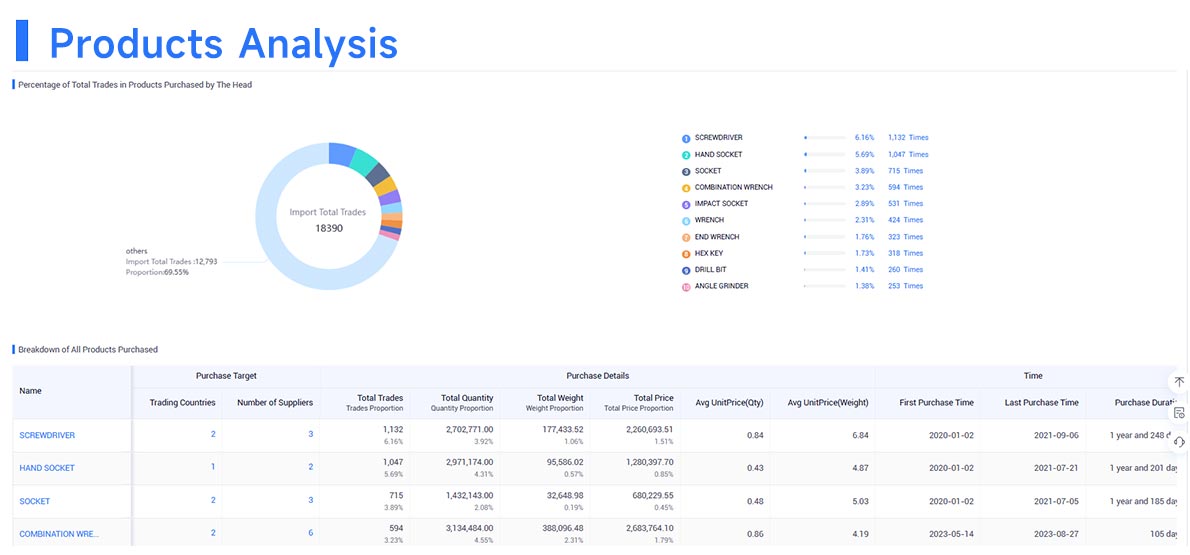
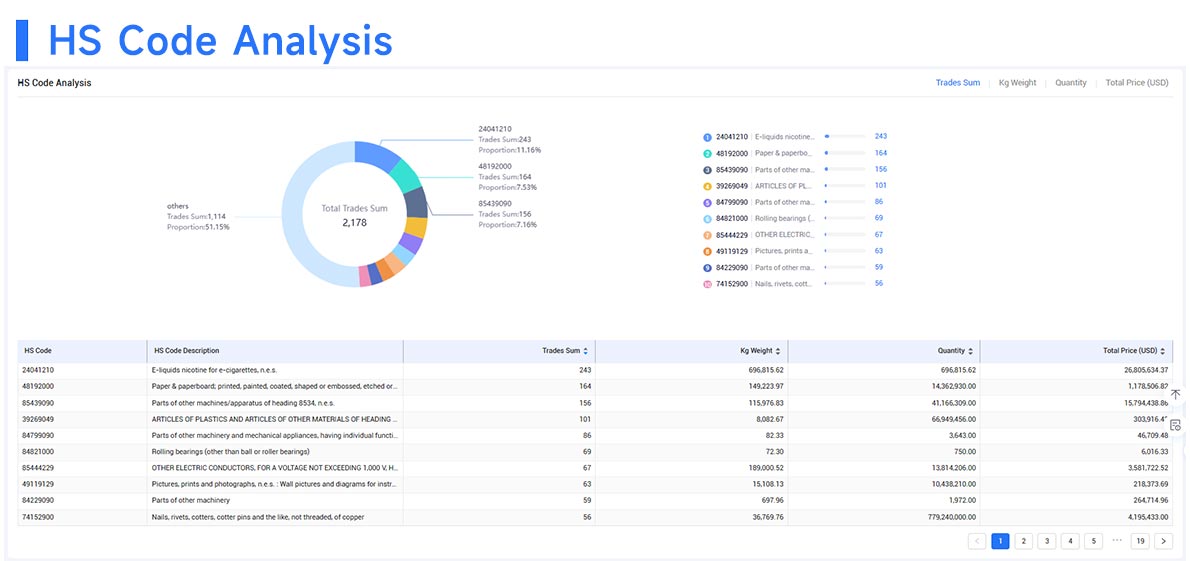
Step 2: Dig for Information
With a product or direction in mind, use the Tendata Global Trade Database to search for potential clients. Simply input product keywords or company names to access detailed trade records—along with direct contact info for decision-makers like phone numbers, emails, and LinkedIn profiles. From there, you can start meaningful conversations instead of cold outreach shots in the dark.
>> Book a Free Demonstration <<
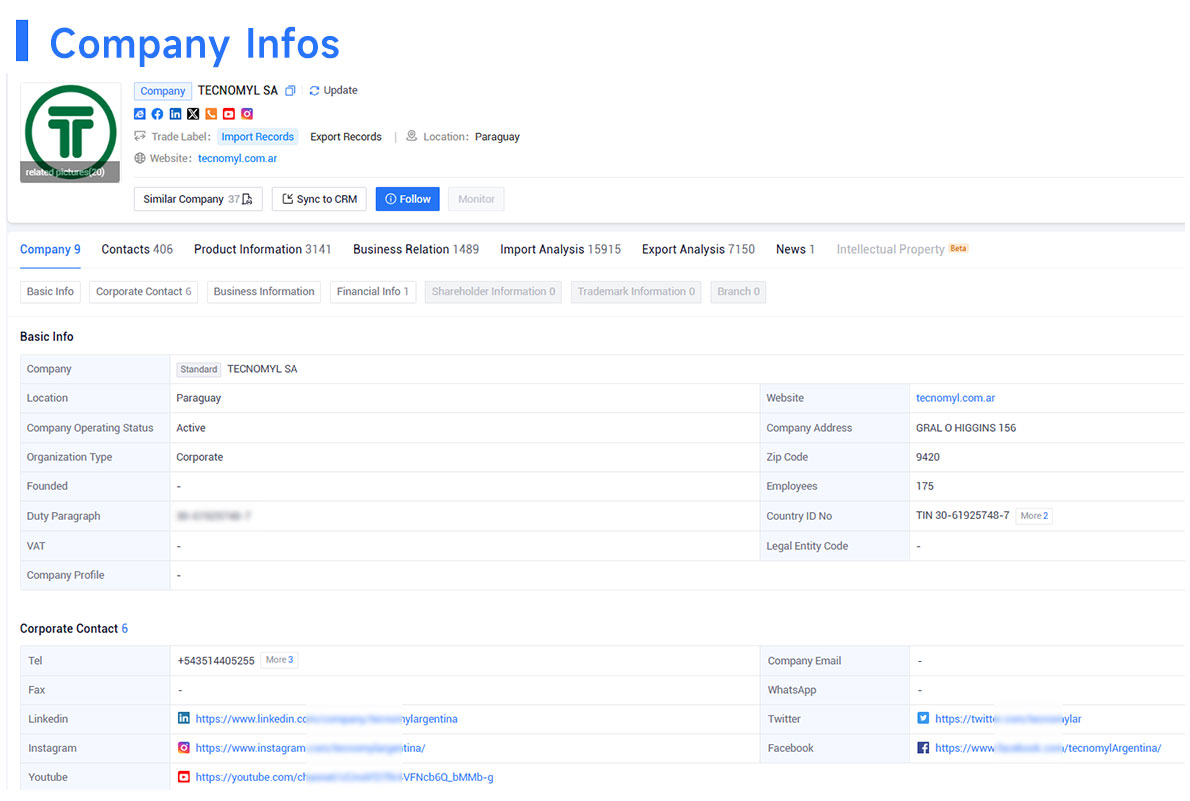
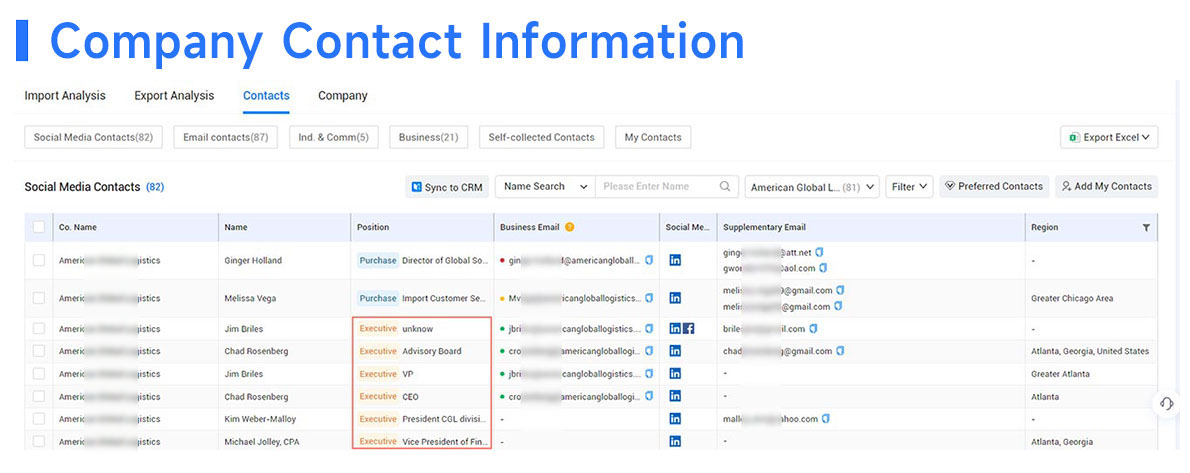
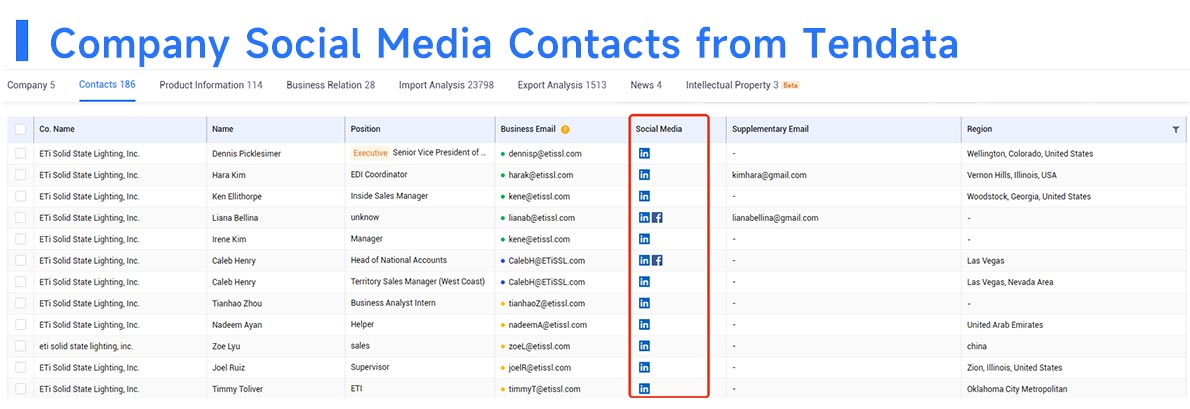
In Summary
Sometimes, the straight path isn’t the best one—especially when everyone else is on it. By thinking strategically and using trade data wisely, you can unlock new client segments, reduce competition, and boost profits. Remember: in international trade, creativity + data = competitive edge.
Category
Leave Message for Demo Request or Questions


 T-info
T-info T-discovery
T-discovery

 My
Tendata
My
Tendata Market Analysis
Market Analysis Customer
Development
Customer
Development Competitor
Monitoring
Competitor
Monitoring Customer Relationship
Customer Relationship



















